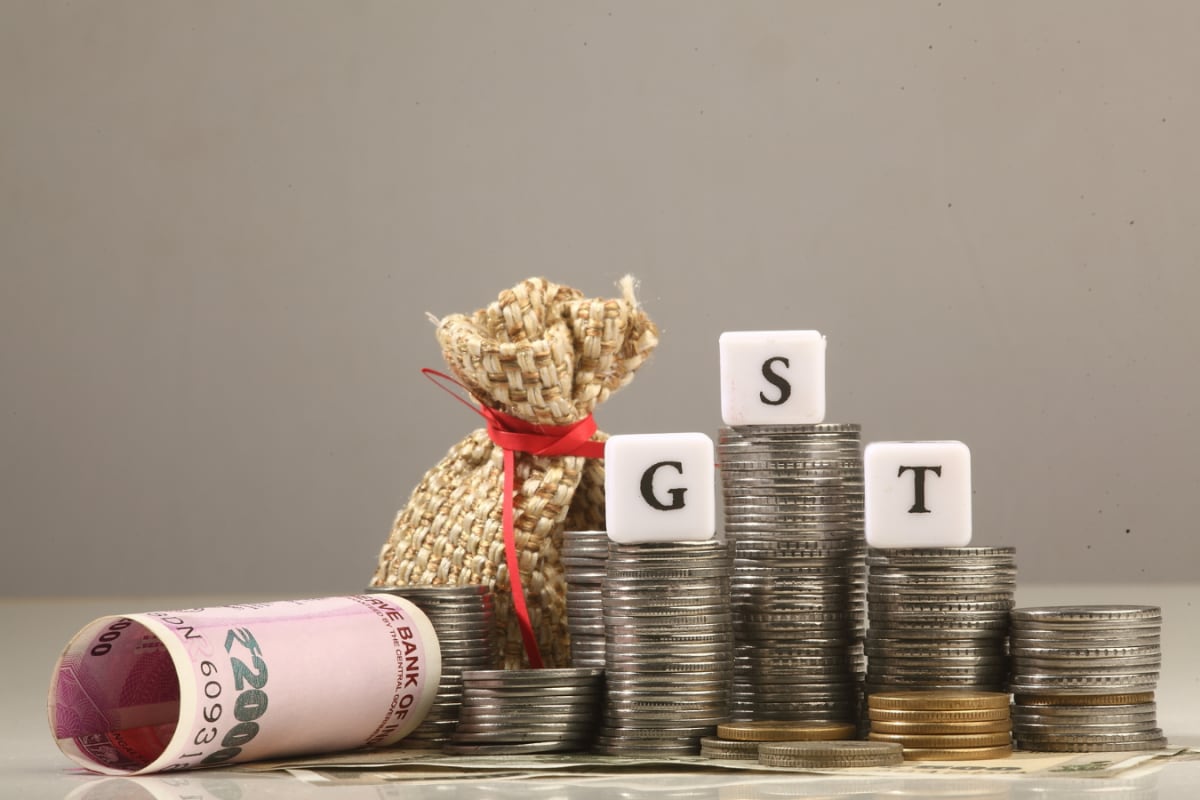

The Goods and Services Tax (GST) Council is reportedly considering reducing tax rates on essential items like pulses, tea, and besan. This move aims to ease the tax burden on the common person. Finance Minister Nirmala Sitharaman has hinted at an upcoming reduction in GST rates, stating that the work on rationalizing GST rates is nearing completion.
The current GST structure in India consists of four main rate slabs: 5%, 12%, 18%, and 28%. There are also special rates of 3% on gold, silver, diamond, and jewelry; 1.5% on cut and polished diamonds; and 0.25% on rough diamonds. A GST Compensation Cess is levied on select goods like tobacco products, aerated drinks, and motor vehicles to compensate states for revenue loss from the GST transition.
Essential goods generally fall under the 0% or 5% GST slabs. Basic food items like grains, vegetables, and milk are either tax-free or taxed at a lower rate, while processed and packaged food products may attract higher GST.
The government is considering reducing GST on essential goods from 12% to 5% and on semi-essential items from 18% to 12% to align taxation with affordability and consumption patterns. The intent is to keep as many commonly used items as possible in the 5% slab. A rate cut is most likely in the 12% or 18% category, according to industry analysts.
Several factors are driving the consideration of a GST rate cut: * Record GST revenue collections: Monthly GST receipts have consistently crossed ₹1.6 lakh crore in 2024–25. * Fiscal room: The Centre and States are seeing better tax buoyancy. * Inflation control: Lower indirect taxes can reduce the retail price of goods and services. * Ease of doing business: Simplifying and lowering GST rates helps MSMEs and consumers.
A GST rate cut on essential items would benefit consumers by reducing the retail prices of these goods. It would also help to control inflation and ease the financial burden on households. The reduction in GST rates can lead to increased demand and consumption, boosting economic growth.
MSMEs would also benefit from simplified and lower GST rates, making compliance easier and improving their competitiveness. The increased threshold for the composition scheme has already allowed more businesses to opt for reduced taxes and lesser compliance.
GST rates have been revised for several items since the implementation of GST. For example, the GST on cancer drugs has been reduced from 12% to 5%, and the GST on namkeens and savory food items has been lowered from 18% to 12%.
Since its implementation on July 1, 2017, the GST has replaced a complex web of indirect taxes with a single, unified system. This has made tax compliance easier, reduced costs for businesses, and allowed goods to move freely across states. The GST has also expanded the tax base, allowing the government to lower rates on many essential items.
In the past, the GST Council has shifted items of daily use from the top tax bracket of 28% to 18% to shore up public spending and revive investor sentiment.
The potential GST rate cut on essential items reflects the government's commitment to easing the tax burden on the common man and promoting economic growth. The GST Council's decisions will be crucial in determining the final outcome and its impact on consumers and businesses.